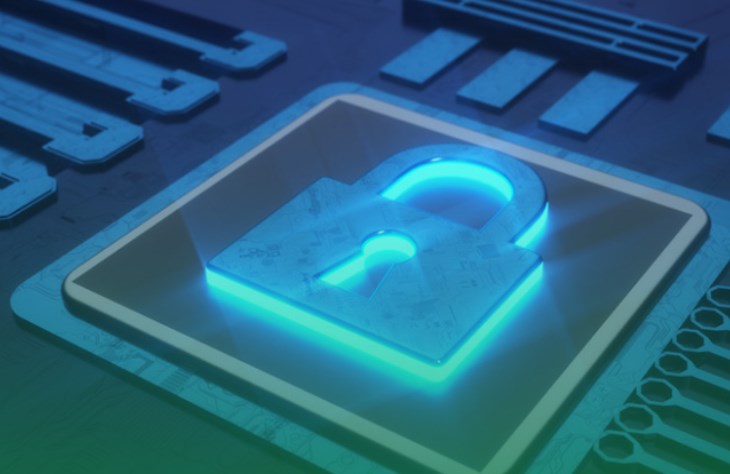In the ever-evolving landscape of biometric security, two titans stand out: fingerprint recognition and face recognition. Both promise to keep our digital lives secure, but which one is the real champion? In this engaging blog post, we'll explore the intricate details of these two biometric technologies, compare their security measures, and help you decide which one is more secure.
The Basics: Understanding Fingerprint and Face Recognition
Before we dive into the security aspects, let's first understand how these two systems work.
Fingerprint Recognition
Fingerprint recognition, also known as biometric fingerprint identification, is a technology that uses the unique pattern of ridges and valleys on a person's fingertips to verify their identity.
- How It Works
Capture: A scanner captures an image of the fingerprint.
Extraction: The system extracts the unique features of the fingerprint.
Comparison: These features are compared to those in a database to find a match.
Face Recognition
Face recognition, on the other hand, is a technology that maps the facial features of a person and compares them to a database to verify or identify the individual.
- How It Works
Capture: A camera captures an image or video of the face.
Mapping: The system maps out the unique features of the face.
Comparison: These features are compared to those in a database to find a match.
Security Comparison: Fingerprint vs. Face Recognition
Now that we have a basic understanding of how these systems work, let's compare their security features.
Uniqueness
- Fingerprint Recognition
Advantage: Fingerprints are highly unique and difficult to replicate.
Disadvantage: The uniqueness can be a double-edged sword, as damage to the finger can affect the system's reliability.
- Face Recognition
Advantage: Faces are also unique, but they can be less distinct between family members or identical twins.
Disadvantage: Some facial features can change over time due to aging, weight gain, or other factors.
Spoofing and False Acceptance
- Fingerprint Recognition
Spoofing: Requires physical access to the fingerprint, making it harder to spoof.
False Acceptance Rate: Generally lower, meaning fewer chances of an unauthorized person being granted access.
- Face Recognition
Spoofing: More susceptible to spoofing with high-quality photos or masks.
False Acceptance Rate: Can be higher, especially with less sophisticated systems.
Data Storage and Privacy
- Fingerprint Recognition
Storage: Fingerprint data is typically stored as a template, which is less revealing than a full image.
Privacy: Less likely to be misused for other purposes.
- Face Recognition
Storage: Requires storing a full image of the face, which can be more invasive.
Privacy: Higher risk of misuse, as facial images can be obtained from public spaces without consent.
Ease of Use and Convenience
- Fingerprint Recognition
Advantage: Generally easier to use, as it requires a simple touch.
Disadvantage: Can be less convenient if the finger is wet, dirty, or injured.
- Face Recognition
Advantage: Offers hands-free operation, which can be more convenient.
Disadvantage: Requires the user to be in the camera's view, which may not always be practical.
Technological Advancements
Both fingerprint and face recognition technologies are continuously improving. For example, fingerprint scanners are becoming more sensitive and can read prints even when the finger is not perfectly clean. Similarly, face recognition algorithms are getting better at distinguishing between individuals and handling changes in appearance.
Legal and Ethical Considerations
The use of biometric data raises legal and ethical questions. Some jurisdictions have strict regulations on the collection and use of biometric data, and there are ongoing debates about privacy and surveillance.
Applications and Real-World Use Cases
Both technologies have found their place in various applications.
Fingerprint Recognition
Smartphones: Many smartphones use fingerprint scanners for unlocking devices and making secure transactions.
Access Control: Used in secure facilities to control access to sensitive areas.
Face Recognition
Airport Security: Increasingly used for passenger verification and boarding processes.
Smart Homes: Integrated into smart home systems for door locks and security cameras.
Conclusion: Which is More Secure?
The answer to which is more secure—fingerprint or face recognition—is not straightforward. It depends on the specific implementation, the technology used, and the context in which it is applied. Fingerprint recognition may offer better resistance to spoofing, while face recognition provides a more hands-free experience.
Choosing the Right Biometric Technology
Consider the Use Case: Different applications may favor one technology over the other.
Evaluate the Technology: Look at the latest advancements and improvements in each field.
Privacy and Legal Compliance: Ensure that the chosen technology complies with privacy laws and ethical standards.
Embracing the Future of Biometric Security
As we move forward, the future of biometric security will likely involve a combination of technologies, providing layers of security and convenience. It's an exciting time to be part of this technological revolution, and as we continue to innovate, we'll find new ways to balance security with user experience.

